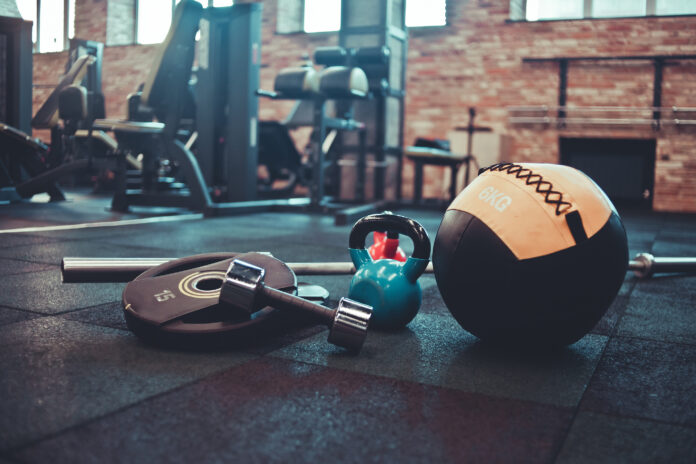In recent years, strength training exercises have gained widespread recognition for its remarkable benefits in promoting longevity. It is being embraced by individuals of all ages seeking to enhance their fitness routine, overall health and extend their lifespan. So, how exactly does strength training contribute to longevity, and what is the best way to incorporate it into daily life?
The Science Behind Strength Training and Longevity
Numerous scientific studies have established a strong link between regular strength training and increased life expectancy. Unlike cardio-based exercises that primarily enhance cardiovascular endurance, strength training builds muscle mass, strengthens bones, and improves metabolic health.
According to research, individuals who engage in regular strength training have a lower risk of premature death compared to those who remain sedentary. A study published in the British Journal of Sports Medicine found that resistance training, even as little as twice per week, significantly reduces mortality risk and enhances overall quality of life.
Key Benefits of Strength Training for Longevity
- Muscle Preservation and Mobility
Strength training helps counteract the natural decline in muscle mass that occurs with age, promoting better mobility and reducing the likelihood of falls and injuries. - Bone Health
Resistance exercises stimulate bone density, reducing the risk of osteoporosis and fractures, particularly in older adults. - Metabolic and Cardiovascular Health
Strength training improves insulin sensitivity, lowers blood pressure, and reduces harmful visceral fat, contributing to a healthier heart and metabolism. - Cognitive Benefits
Regular resistance training has been linked to improved brain function, reduced risk of dementia, and enhanced mood through the release of endorphins. - Improved Joint Health
Strengthening muscles around joints helps alleviate discomfort, particularly in those suffering from arthritis or chronic pain conditions.
How to Incorporate Strength Training into Your Routine
While having a gym membership and heavy equipment available is great and helps when starting strength training, there are some other practical ways to get started for those without a gym membership or much equipment:
- Bodyweight Exercises: Push-ups, planks, lunges, and squats are effective ways to build strength at home.
- Resistance Bands: These are affordable, versatile tools that provide adjustable resistance for various exercises.
- Free Weights: Dumbbells and kettlebells allow for a full-body workout and progressive overload to continually challenge muscles.
- Functional Movements: Even everyday errands and activities like carrying groceries, gardening, or climbing stairs also contribute to strength-building!
- Beach exercises: Being in the Cayman Islands, beach access is never far away! The beach can be a great place to start. Swimming provides an element of strength training due to the water’s resistance, which helps build muscle.
Tips for Safe and Effective Training
- Start with light weights and gradually increase resistance as your strength improves.
- Focus on proper form to avoid injury and maximise benefits.
- Aim for at least two strength-training sessions per week, targeting all major muscle groups.
- Incorporate adequate rest and recovery to allow muscles to repair and grow.
- Consult a fitness professional if you are unsure about technique or need a personalised plan.
Conclusion
Strength training is more than just a means to build muscle—it is a powerful tool for enhancing longevity and maintaining a high quality of life as we age. By incorporating resistance exercises into your routine, you can protect your body from age-related decline, improve overall well-being, and potentially add years to your life.




